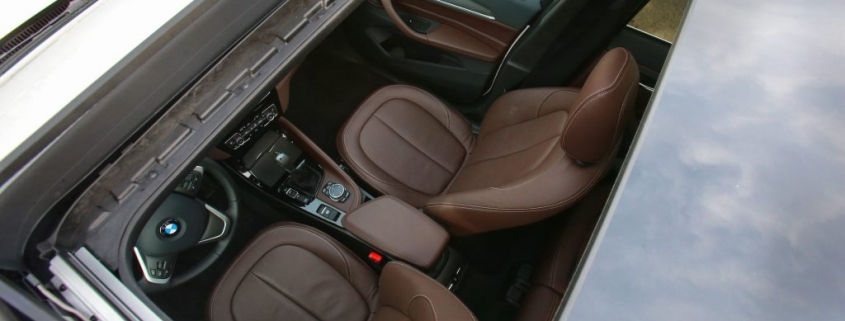Are Sunroofs Dangerous?
On a lovely day, nothing beats cruising around with fresh air and sunshine filling your car’s cabin. On a starry night, a moonroof is equally delightful. You might think sunroofs and moonroofs are totally fun and completely safe. But, in fact, they can be detrimental to your safety.
How can sunroofs be dangerous?
Yes, sunroofs and moonroofs can be hazardous, especially when they break for no apparent reason.
In February 2020, the Orlando news station WESH revealed that hundreds of sunroofs spontaneously shattered, triggering more than 850 consumer complaints to the National Highway Traffic Safety Administration (NHTSA) between 1995 and 2017. However, not everyone who experiences an automotive mishap files a complaint with the NHTSA, so the number of exploding glass roofs could be even higher.
According to the New York law firm of Kantrowitz, Goldhamer & Graifman, closed moonroofs caused around 230 deaths and 500 injuries every year between 2002 and 2012. Bodily ejection through closed and open sunroofs were responsible for 300 deaths and 1,400 injuries yearly from 1997 to 2008, the firm claims.
In 2017, ABC Action News in Fresno spoke with Steven Kaufman, who described the sunroof that suddenly exploded on his 2015 Hyundai Elantra GT as he was traveling at highway speeds.
“The sunroof exploded. The glass started raining down on me. I thought someone had taken a shotgun and blown out the glass. It was so loud!”
Consumers Union spokesman David Friedman added:
“Although it’s not clear exactly why this is happening, the evidence that it is happening is really clear. And so automakers should be much more proactive. Just recall these vehicles.”
Consumer Reports investigated and found that shattering sunroofs isn’t uncommon. In fact, CR says automakers and regulatory agencies are well aware of the problem yet, with a few exceptions, are doing little about it.
Shattering moonroofs aren’t specific to any one automaker. According to Consumer Reports, the brands most prone to unexpected sunroof issues are Hyundai, Ford, Nissan, Kia, Scion, Toyota, Honda, Volkswagen, Cadillac, and BMW.
Are sunroofs and moonroofs the same thing?
People have been enjoying the wide-open feeling of sunroofs since 1937, when Nash added the feature to its roster of options. The original Nash sunroof was made of foldable fabric, as were those on Volkswagen Beetles in 1950. Transparent glass roofs built by American Sunroof Corporation first appeared on Lincoln Mark IV cars, Autofile reports.
The difference between a sunroof and a moonroof is minuscule. Carfax explains that when the term “sunroof” first came into being, a sunroof was an opaque panel that could be folded, popped up, slid out of the way, or temporarily removed to allow fresh air and sunshine to enter a vehicle.
Moonroofs came into the equation when stationary glass and a moving opaque panel were incorporated into a sunroof. Technically speaking, a moonroof can be enjoyed without exposing the car cabin to an influx of air. Whether used to soak up the sunlight or to follow the stars on a nighttime drive, openings in a vehicle roof can be exceedingly dangerous.
The case for and against glass roofs on cars
As with any automotive option, there are benefits and drawbacks. The Drive mentioned several good reasons to avoid sunroofs:
- They’re noisy and interfere with aerodynamics
- They inevitably break
- They add too much weight
- They place weight in the wrong place
- They steal headroom
- They’re too expensive
- People don’t really use them
- Holes should never be cut in a car’s roof
Proponents chimed, saying an open roof makes driving feel less restricted.
So if you want this feature, get it. If you prefer to wait until safety regulations regarding sunroofs are in place, go ahead and do that. Either way, drive safely.
RELATED: The Biggest Complaints About Sunroofs
The post Are Sunroofs Dangerous? appeared first on MotorBiscuit.




